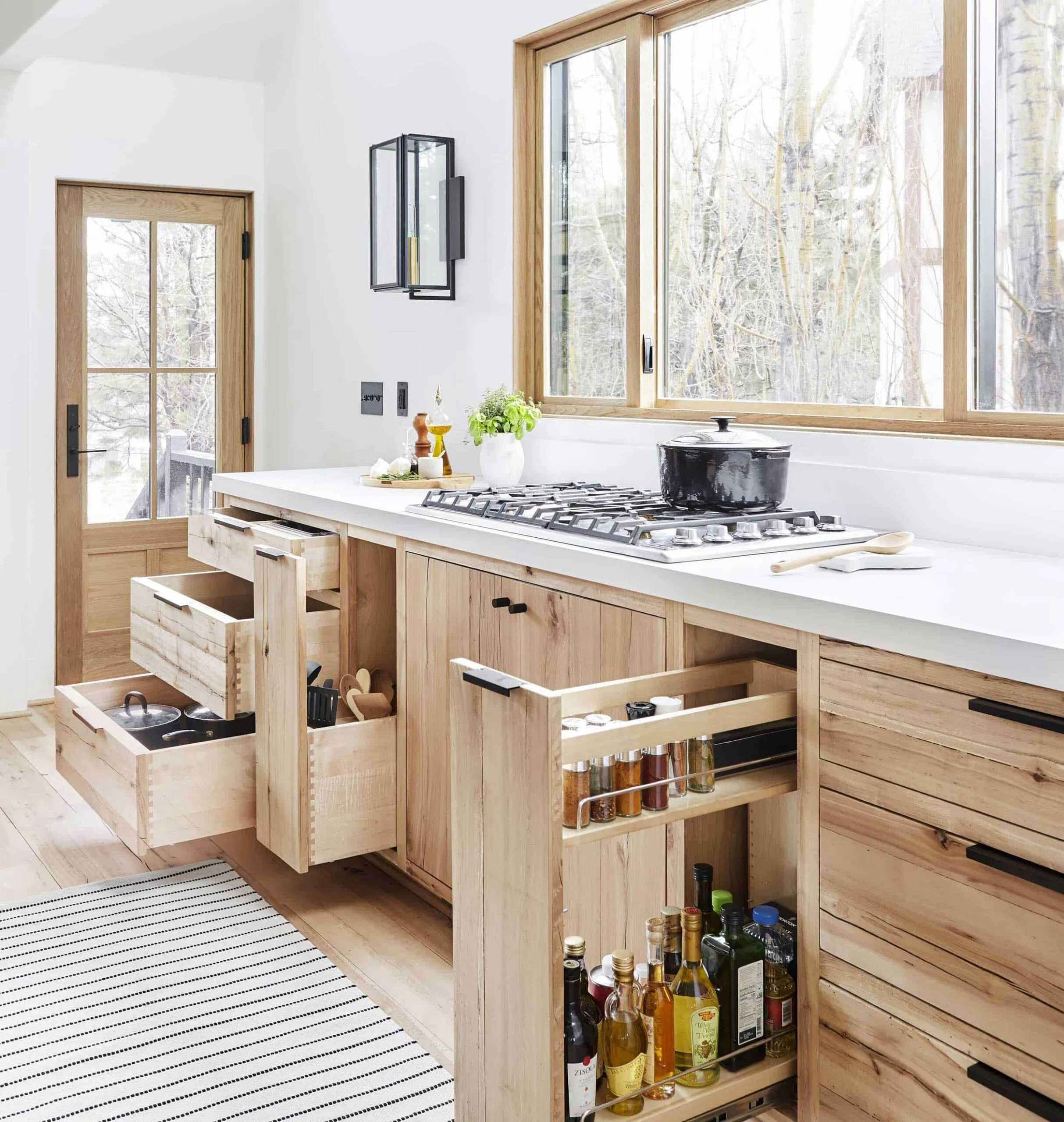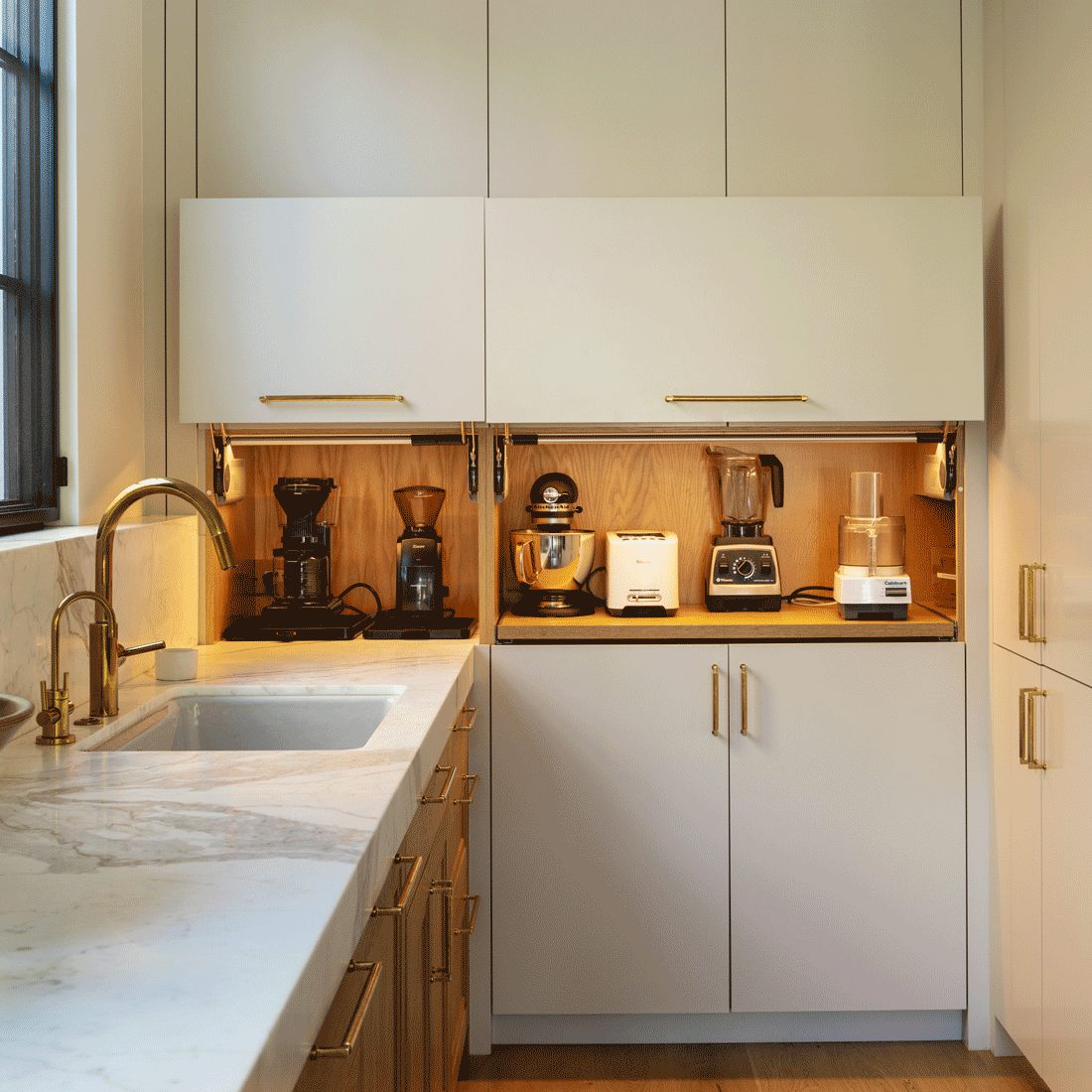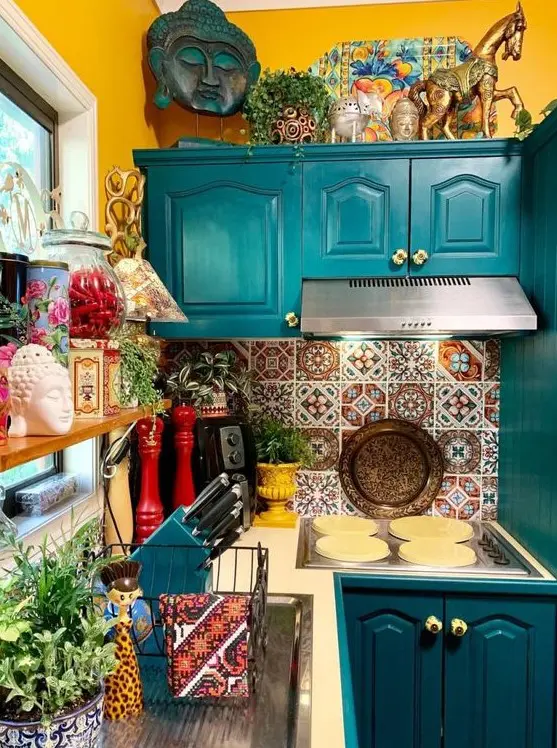At Smith Interior Design, we believe that every space has the potential to be the heart of the home—a place where functionality meets style. So for our next series, and in honor of our sixth anniversary, we are going through the six common interior design mistakes we've seen in each space, and how to fix them! First up, the original Heart of The Home: The Kitchen! Between being the room with food and a place where everyone hangs out a parties, the kitchen becomes a natural gathering space. However, designing this space can be tricky. Here are the top design missteps and our professional advice on how to avoid them.
1. Ignoring the Kitchen Work Triangle
The kitchen work triangle—comprising the sink, stove, and refrigerator—is a fundamental design principle. These three points should be easily accessible, ensuring smooth and efficient cooking. When these elements are placed too far apart or crowded into one corner, it makes cooking feel like a chore.
How to Avoid: Prioritize a layout that maintains balance between these three elements. Whether you're working with a galley kitchen or an island, ensure each point is within a comfortable distance to optimize workflow.

2. Poor Lighting
Kitchens need layers of lighting: task, ambient, and accent. A dimly lit kitchen not only feels unwelcoming but can also be hazardous when prepping food.
How to Avoid: Incorporate a blend of overhead lights, under-cabinet lighting, and statement fixtures. Recessed lighting provides general illumination, while pendant lights over an island or a sink can add a stylish touch and focused light. Don’t forget natural lighting—if your layout allows, install larger windows or skylights to brighten the space.
3. Lack of Storage
With endless appliances, cookware, and groceries, it's easy for kitchens to feel cluttered. Failing to plan for enough storage is a common mistake that can lead to disorganization.
How to Avoid: Maximize every inch of space with custom cabinetry, pull-out pantry shelves, and drawer organizers. Use vertical space by adding upper cabinets or open shelving. Consider functional furniture like an island with built-in storage.
4. Choosing Style Over Function
We understand the temptation to prioritize aesthetics, but functionality should always be at the forefront of kitchen design. Sleek countertops and minimalistic cabinets may look great but can sometimes lack practicality.
How to Avoid: Strike a balance between style and utility. Choose durable countertops (like quartz or granite) that can withstand heavy use. Opt for cabinets that are not only beautiful but also provide ample space for your needs. Remember, kitchens should be both beautiful and practical.

5. Neglecting Ventilation
A poorly ventilated kitchen can trap cooking odors, smoke, and grease, leading to a less-than-pleasant environment. Many homeowners overlook the importance of good ventilation.
How to Avoid: Install a high-quality range hood that suits your kitchen's layout. It should be powerful enough to ventilate the space without being too noisy. If you have the option, vent the hood to the outside rather than recirculating air indoors.

6. Overcrowding the Space
Overstuffing your kitchen with too many appliances, islands, or cabinets can make the space feel cramped. A cluttered kitchen not only disrupts functionality but also makes it difficult for multiple people to move around comfortably.
How to Avoid: Embrace a clean and open design. If your kitchen is on the smaller side, avoid large islands or bulky appliances. Choose sleek, space-saving options and plan for plenty of room to move around. Minimalism in the kitchen can often lead to a more efficient and enjoyable cooking experience.
Final Thoughts A well-designed kitchen should be both stylish and functional. At Smith Interior Design, we focus on creating kitchens that enhance your daily routine while reflecting your unique taste. If you're ready to start designing your dream kitchen, contact us for a personalized consultation!












Comments